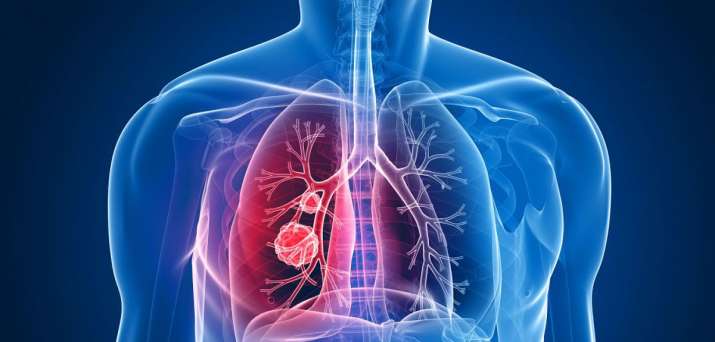

These findings, however, do not fully explain the ability of patients to be liberated from mechanical ventilation after tracheostomy. After tracheostomy, WOB per liter of ventilation (0.97☐.32 vs 0.81☐.46 J/L P<.09), WOB per minute (8.9☒.9 vs 6.6☑.4 J/min P<.04), and airway resistance (9.4±4.1 vs 6.3±4.5 cm H 2O/L per second P<.07) were reduced compared with breathing via an endotracheal tube. The study hypothesis was that tracheostomy would result in improved pulmonary function through changes in respiratory mechanics. Main Outcome Measures Patients in whom extubation fails often progress to unassisted ventilation after tracheostomy. Interventions Respiratory mechanics, lung volumes, and WOB were measured before and after tracheostomy. Patients A consecutive sample of 20 patients who met extubation criteria (PaO 2, >55 mm Hg pH >7.30 and respiratory rate, <30/min on room air continuous positive airway pressure after 20 minutes) but failed extubation on 2 occasions were eligible for the study. Setting Surgical intensive care unit at a university teaching hospital and a level I trauma center.

Objective To determine the effects of tracheostomy on respiratory mechanics and work of breathing (WOB).ĭesign A before-and-after trial of 20 patients undergoing tracheostomy for repeated extubation failure. Shared Decision Making and Communication.Scientific Discovery and the Future of Medicine.Health Care Economics, Insurance, Payment.Clinical Implications of Basic Neuroscience.Challenges in Clinical Electrocardiography.


 0 kommentar(er)
0 kommentar(er)
